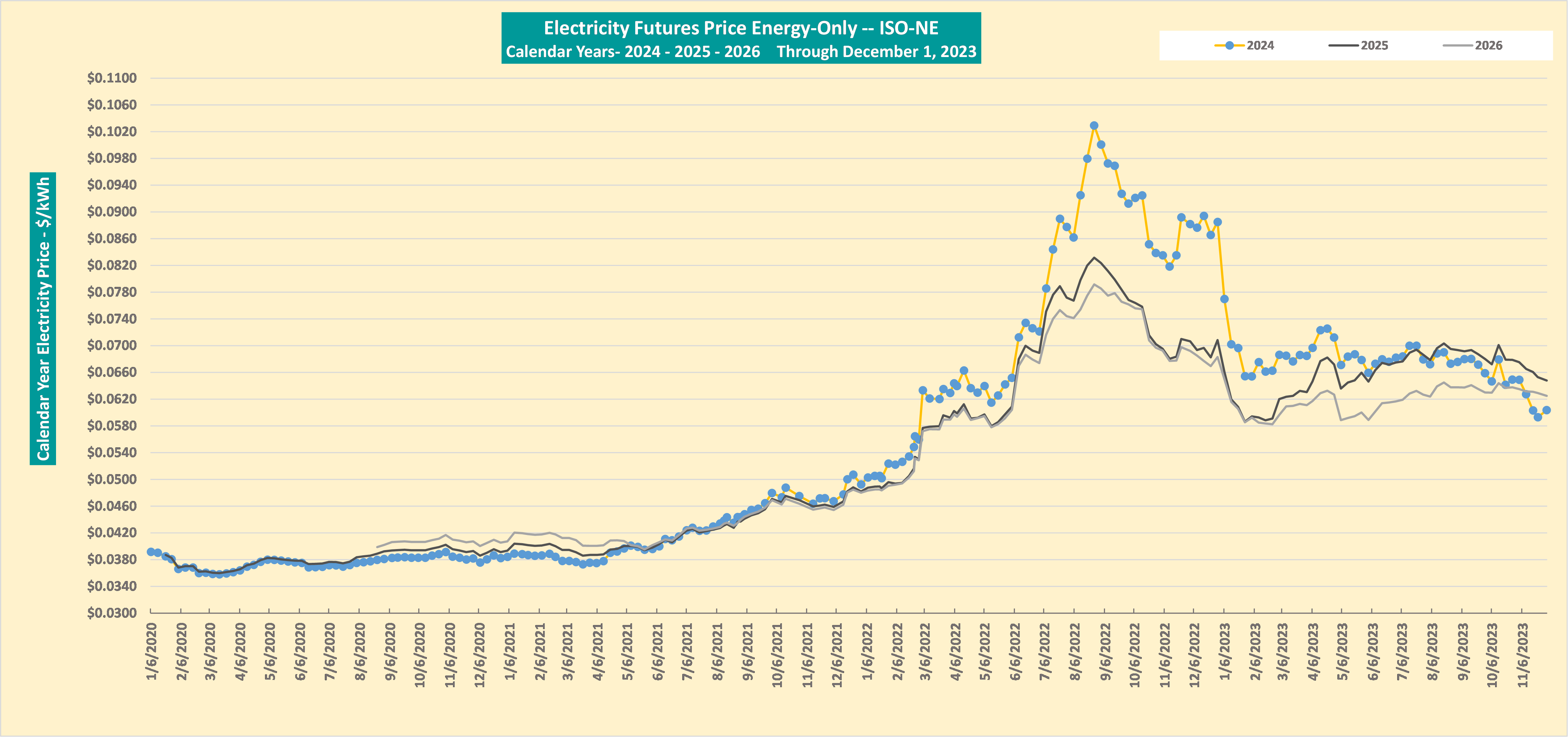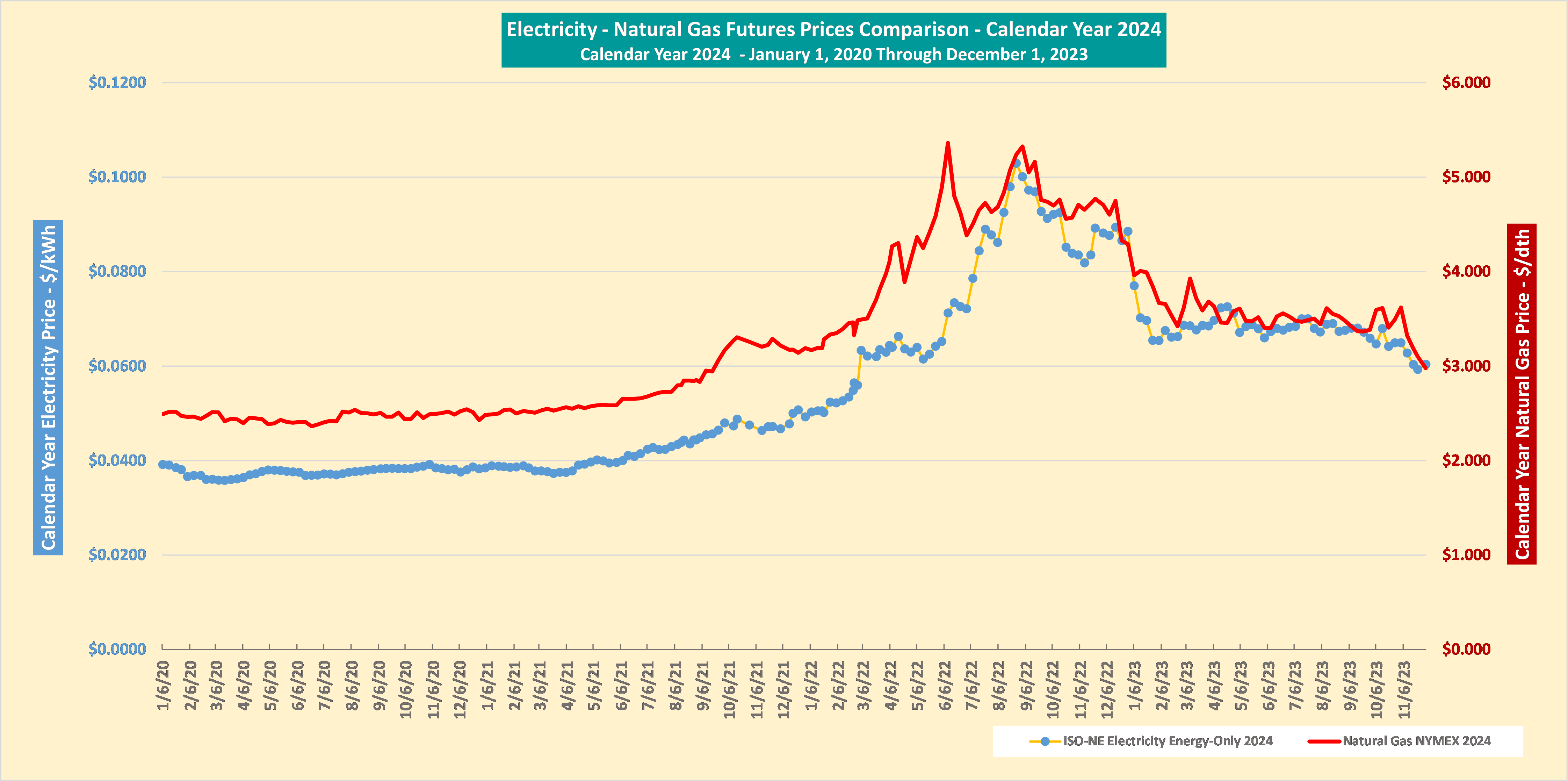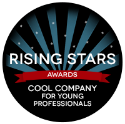
Howard Plante
Vice President of Procurement
Freedom Energy
Published: December 14, 2023
Electricity Price Trends Across 2024, 2025, and 2026
In October, we reported that the 2024 calendar year electricity price average dropped to a 17-month low of 6.37 cents per kWh. In the subsequent weeks since the end of October, the 2024 price dipped below 6 cents to 5.18 cents as of Dec 12, marking a low point not seen since January 2022, nearly 23 months, which was the last time we saw it at less than 5.2 cents.
Also noteworthy is that the 2024 price crossed below the 2026 calendar year price on November 10, which hadn’t happened since June of 2021, two and a half years ago. Calendar years 2025 and 2026 have also tracked lower but at a more gradual pace than 2024. The drop for 2024 was helped by January and February 2024 prices, which fell into the 10 cent per kWh range, with February, for a few brief days, trading just below 10 cents. Table 1 depicts the 2024, 2025, and 2026 electricity price trends updated through December 1.
Table 1

Key Influences: Analyzing Factors Behind the Declining Prices
At the same time, the natural gas price average for calendar year 2024 also dropped off considerably, falling below $3 per dekatherm for the first time since September 2021, helping to drive the lower electricity futures. As of December 12, the 2024 natural gas price was at $2.482/dth. Among several factors, the natural gas prices are partly a result of a favorable natural gas storage report which is well above the 5-year average and very close to the 5-year maximum. Additionally, the National Oceanic and Atmospheric Administration (NOAA) has continued to forecast above average temperatures for the 3-month winter period December 2023 – February 2024 for New England and the northern half of the US. Tables 2 and 3 depict the natural gas price trends for 2024, 2025 and 2026 updated through December 1, and the significant influence the price of natural gas has on electricity prices in New England.
Table 2

Table 3

As we head into the winter months, weather conditions will drive the pricing dynamics of futures, at least in the near-term. Any significant cold snaps could create price spikes for the next delivery month.
Note: Electricity prices referenced here are energy-only and do not reflect a total electricity supply price that includes capacity, ancillaries, RECs, etc.
Stay Informed with Freedom Energy on LinkedIn
Don’t miss out on the latest updates in energy market trends. Follow us on LinkedIn for regular energy insights to help you make informed decisions.





Connect With Us